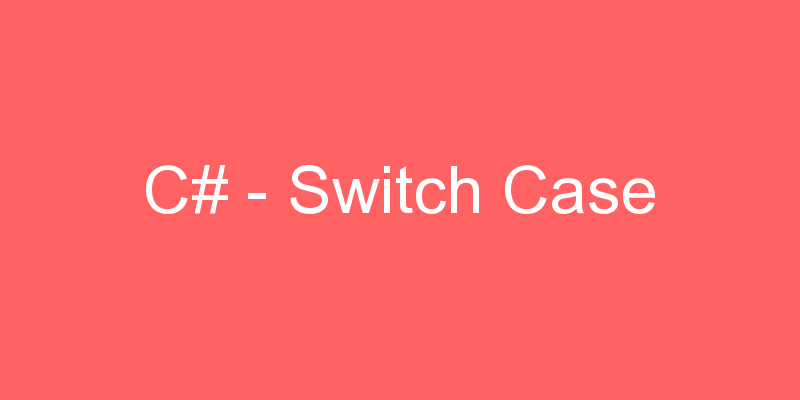
Computer languages do not exist in a void. Rather, they relate to one another, with each new language influenced in one form or another by the ones that came before. In a process akin to cross-pollination, features from one language are adapted by another, a new innovation is integrated into an existing context, or an older construct is removed. In this way, languages evolve and the art of programming advances. C# is no exception. C# inherits a rich programming legacy. It is directly descended from two of the world’s most successful computer languages: C and C++. It is closely related to another: Java. Understanding the nature of these relationships is crucial to understanding C#.
The Creation of C#
While Java successfully addresses many of the issues surrounding portability in the Internet environment, there are still features that it lacks. One is cross-language interoperability, also called mixed-language programming. This is the ability for the code produced by one language to work easily with the code produced by another. Cross-language interoperability is needed for the creation of large, distributed software systems.
It is also desirable for programming software components because the most valuable component is one that can be used by the widest variety of computer languages, in the greatest number of operating environments. Another feature lacking in Java is full integration with the Windows platform. Although Java programs can be executed in a Windows environment (assuming that the Java Virtual Machine has been installed), Java and Windows are not closely coupled. Since Windows is the mostly widely used operating system in the world, lack of direct support for Windows is a drawback to Java. To answer these and other needs, Microsoft developed C#.
History of C#
C# was created at Microsoft late in the 1990s and was part of Microsoft’s overall .NET strategy. It was first released in its alpha version in the middle of 2000. C#’s chief architect was Anders Hejlsberg. Hejlsberg is one of the world’s leading language experts, with several notable accomplishments to his credit. For example, in the 1980s he was the original author of the highly successful and influential Turbo Pascal, whose streamlined implementation set the standard for all future compilers. C# is directly related to C, C++, and Java. This is not by accident.
These are three of the most widely used—and most widely liked—programming languages in the world. Furthermore, at the time of C#’s creation, nearly all professional programmers knew C, C++, and/or Java. By building C# upon a solid, well-understood foundation, C# offered an easy migration path from these languages. Since it was neither necessary nor desirable for Hejlsberg to “reinvent the wheel,” he was free to focus on specific improvements and innovations.
The grandfather of C# is C. From C, C# derives its syntax, many of its keywords, and its operators. C# builds upon and improves the object model defined by C++. If you know C or C++, then you will feel at home with C#. C# and Java have a bit more complicated relationship. As explained, Java is also descended from C and C++. It too shares the C/C++ syntax and object model. Like Java, C# is designed to produce portable code.





